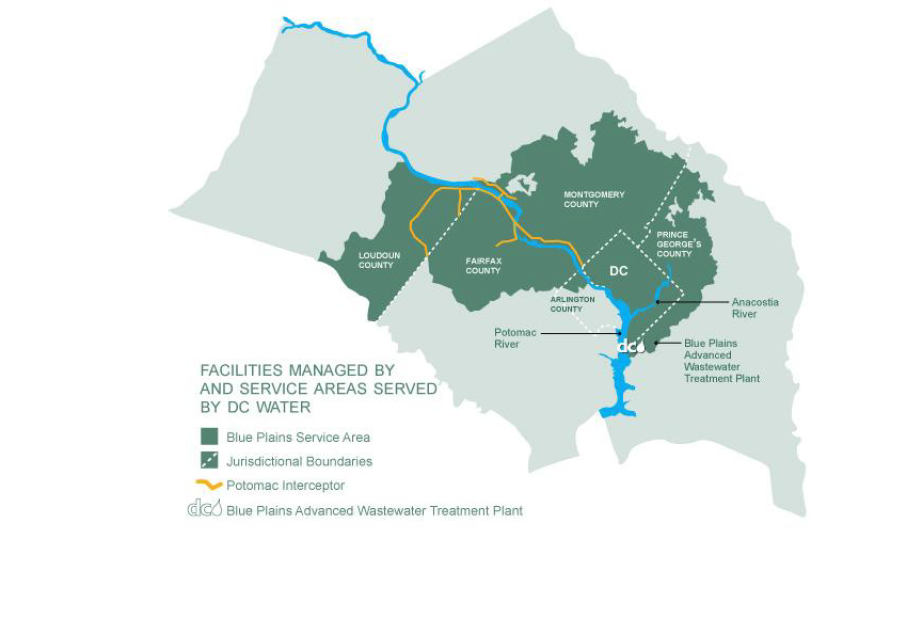
Risk management is essential for any organization designing and constructing complex multimillion dollar civil infrastructure projects. The DC Clean Rivers Project risk management plan uses the risk register to identify, track, and manage risks. This traditional process starts at the early planning stage and continues through construction and system startup on a divisional contract basis. This paper describes the step by step approach used in the DC Clean Rivers Project to manage risk at different stages of the project (preliminary design, procurement and contract award, and construction/startup) on multiple contracts delivered by either the Design-Build or Design-Bid-Build approach. It also describes how and when to use quantitative analysis of both cost and schedule impacts, and the frequency for updating the risk register.
Keywords: risk management, risk event, risk register, contingency, qualitative analysis,quantitative analysis.
This paper describes the approach to risk management for a large and complex civil infrastructure program, namely the DC Clean Rivers (DCCR) Project. It describes the scope and objectives of the risk management effort, the methodologies and tools used throughout execution of the plan.The key aspects of the project risk management plan include:
For this study, the definition of risk is taken from Page 166 of Total Cost Management Framework (2012), “An uncertain event or condition that could affect a project objective or business goal.”
For the full presentation, please reference the media download section to either read the full article on the Construction Management Association of America (CMAA) website or download the PDF.